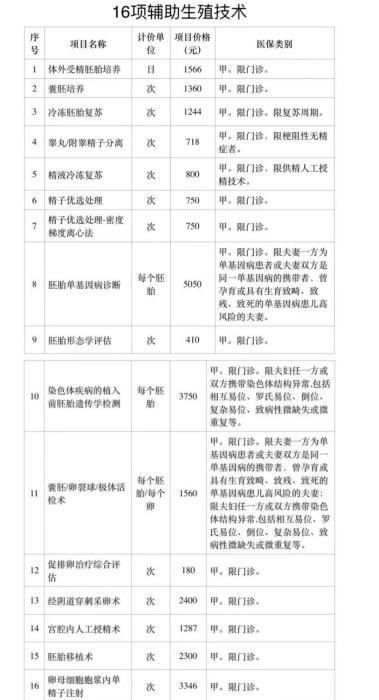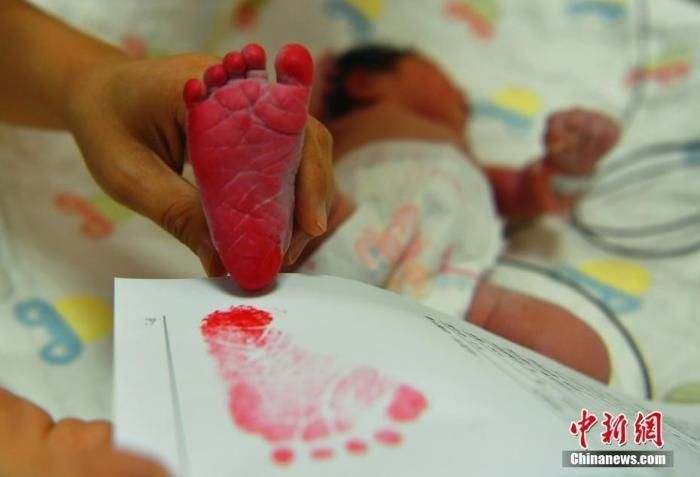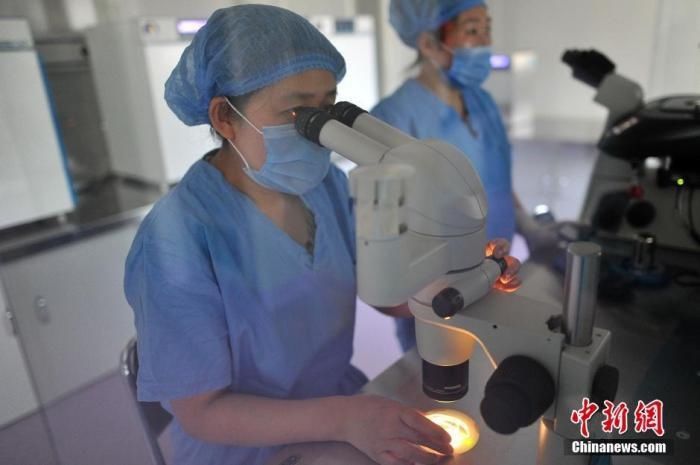Nowadays, many families of childbearing age are troubled by wanting to have a baby but not being able to conceive. Recently, Beijing announced that 16 assisted reproductive technology projects will be included in the medical insurance category A reimbursement, which fired the “first shot” of assisted reproductive technology entering medical insurance. This move has aroused heated discussions in the society: How much can the burden of infertile families be reduced? Can Medicare Pay Increase Birth Rates?

From March 26, 2022, 16 assisted reproductive technology items commonly used in outpatient treatment will be included in Beijing Medical Insurance Category A reimbursement coverage. Photo courtesy of Beijing Municipal Medical Insurance Bureau
The first in the country! Assisted reproduction is included in medical insurance
Recently, the Beijing Municipal Medical Insurance Bureau, together with the Beijing Municipal Health Commission and the Beijing Municipal Human Resources and Social Security Bureau, issued the “Notice on Regulating the Adjustment of Some Medical Service Prices”, which included 16 outpatient treatment items. Assisted reproductive technology projects are included in the scope of medical insurance Category A reimbursement.
This means that Beijing has become the first region in the country to include assisted reproductive technology in medical insurance.
According to the requirements of the “Notice”, this policy will be implemented from March 26. It is applicable to the 15 designated medical institutions of basic medical insurance in Beijing with assisted reproduction qualifications, and the designated medical institutions of non-public medical insurance shall refer to implement.
The price of related medical services shows that the price of assisted reproductive technology projects covered by medical insurance Category A reimbursement ranges from 180 yuan to 5,050 yuan, and the project types cover artificial insemination, embryo transfer and culture and other medical services. .
Some media reports said that after the implementation of the medical insurance policy, the treatment in the cycle from embryo culture in the laboratory to embryo transfer will save about 10,000 yuan to 14,000 yuan.

Data map: The baby’s little feet are printed on the “ID card”. Photo by China News Agency reporter Zhai Yujia
How expensive is assisted reproduction? According to the information released by the National Health and Health Commission in 2021, the incidence of infertility in my country is 7%-10%, and less than 20% of patients need to undergo Assisted reproductive technology treatment.
In the technology center of assisted reproduction, the most demanded is the IVF technology, but the IVF treatment charges are numerous and expensive, and the cycle time is long, which discourages many families.
Jasmine, who lives in Guangzhou, is 32 years old this year. She and her husband have embarked on the road of IVF with her husband. “I’ve tried it twice, and it cost around 100,000 yuan.” At the end of last year, Jasmine underwent IVF treatment for the third time and finally got the good news of a successful pregnancy.
A number of families who have received IVF treatment said that in areas that have not yet been covered by medical insurance, a single cycle of first- and second-generation IVF treatment will cost about 30,000 to 50,000 yuan, and the third-generation IVF will cost more. The cost of treatment per cycle can even reach hundreds of thousands of yuan.
The price of a single cycle is already expensive for many families, and many patients even need two or more cycles to conceive successfully.
Wang Haiying, chief physician of the Department of Obstetrics and Gynecology, Guangdong Provincial People’s Hospital, also said in an interview with the media that a test tube (in her center) costs about 40,000 yuan. The main costs include some physical evaluation before assisted reproduction, whether there is a genetic disease, whether it is able to bear children and other physical tests, as well as drugs for ovulation induction, the cost of egg retrieval, the culture of embryos, and finally the transfer of embryos. “The sum of these costs is about 40,000 (RMB) in one ovulation induction.”

Information Pictured: The picture shows the doctor monitoring the sperm with a microscope after dripping sperm into a petri dish containing eggs. Photo by Wei Liang
As assisted reproduction enters “medical insurance payment”, can the fertility rate be increased?
In recent years, it is not uncommon for assisted reproductive technology to be included in medical insurance, and many infertile families are also eagerly waiting.
In fact, in September last year, the National Medical Insurance Bureau said in response to the suggestion of the deputies to the National People’s Congress that the National Medical Insurance Bureau will guide all localities, based on the positioning of “basic insurance”, on the basis of scientific calculation and full demonstration, Gradually, the medical insurance can cover the mature technology, safe and reliable, and cost-controllable therapeutic assisted reproductive technology into the medical insurance payment scope according to the procedures.
Some experts said that Beijing, as the first region to include assisted reproductive technology projects in medical insurance, the implementation of relevant measures will play a leading and exemplary role in other parts of the country.
Feng Wenmeng, director of the Research Office of the Development Research Center of the State Council, said in an interview with the media that since last year, many policies have been introduced to provide a very good example. If you want to have children, you can give birth, and then improve the fertility level, which provides a good boost.
Sun Wei, deputy to the National People’s Congress and chief physician of the Department of Reproductive Medicine of the Second Affiliated Hospital of Shandong University of Traditional Chinese Medicine, told the media that the economic burden of IVF on patients is relatively heavy, so if some of these items are included Medicare helps reduce the burden on patients and may help stimulate fertility.
However, some experts are more cautious about whether this measure can increase the fertility rate. Xu Yanwen, director of the Reproductive Center of the First Affiliated Hospital of Sun Yat-Sen University, introduced to the media: “Mothers who have already given birth to a second child rarely come to consult and give birth to a third child. They mainly come from patients who have already had their embryos frozen in the reproductive center.”
Xu Yanwen said that having a child is not only about the link itself, but also about parenting, education and other links. This is also an important factor for many families to consider having another child.